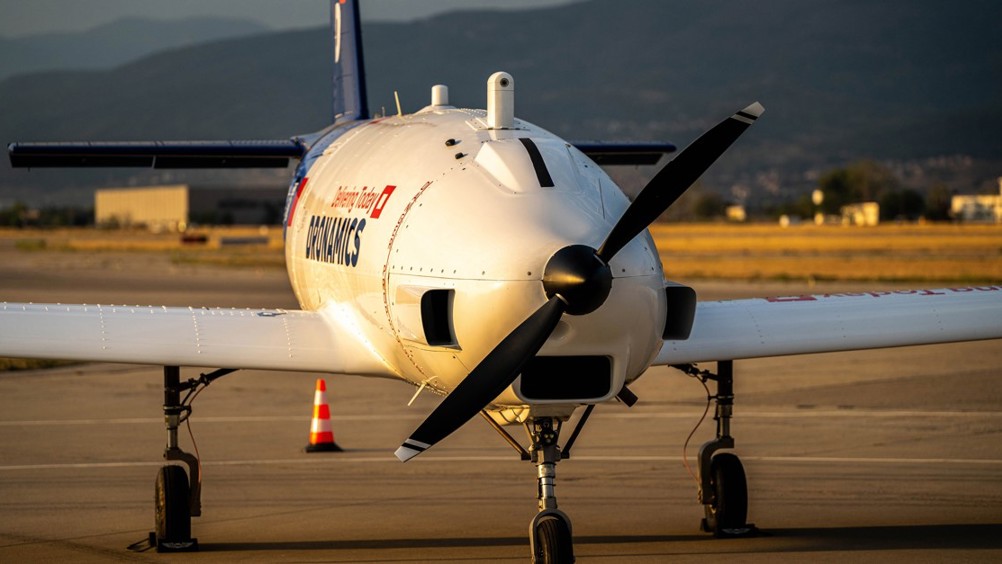The rise of the heavy-lift cargo drone
Unmanned heavy-lift cargo drones could reshape the world of air freight. Jon Excell talks to Dronamics, one of the firms at the forefront of this aviation frontier.

Disruptive innovations often have the most unlikely origin stories.
In the case of the Black Swan - a fixed-wing unmanned drone that promises to reshape the world of airfreight - it was its inventor’s hankering for Bulgarian cheese that kicked things off.
In 2014, whilst studying aerospace engineering at university in the Netherlands and unable to find this taste of his homeland in any of his local stores, Konstantin Rangelov was jokingly encouraged by his brother Svilen to use his engineering skills to figure out a solution.
Just over ten years later, what began life as a lighthearted effort to design a small remotely operated aircraft that could bring him his favourite snack has evolved into Dronamics, a company with hundreds of employees, a fleet of unmanned aircraft and an ambition to transform the lucrative world of air freight.
Register now to continue reading
Thanks for visiting The Engineer. You’ve now reached your monthly limit of premium content. Register for free to unlock unlimited access to all of our premium content, as well as the latest technology news, industry opinion and special reports.
Benefits of registering
-
In-depth insights and coverage of key emerging trends
-
Unrestricted access to special reports throughout the year
-
Daily technology news delivered straight to your inbox











CCC Report Finds UK Climate Targets Still Within Reach
In 1990 67% of the UK´s electricity came from coal-fired power stations and even without renewables the transition to gas was a major contributor to...